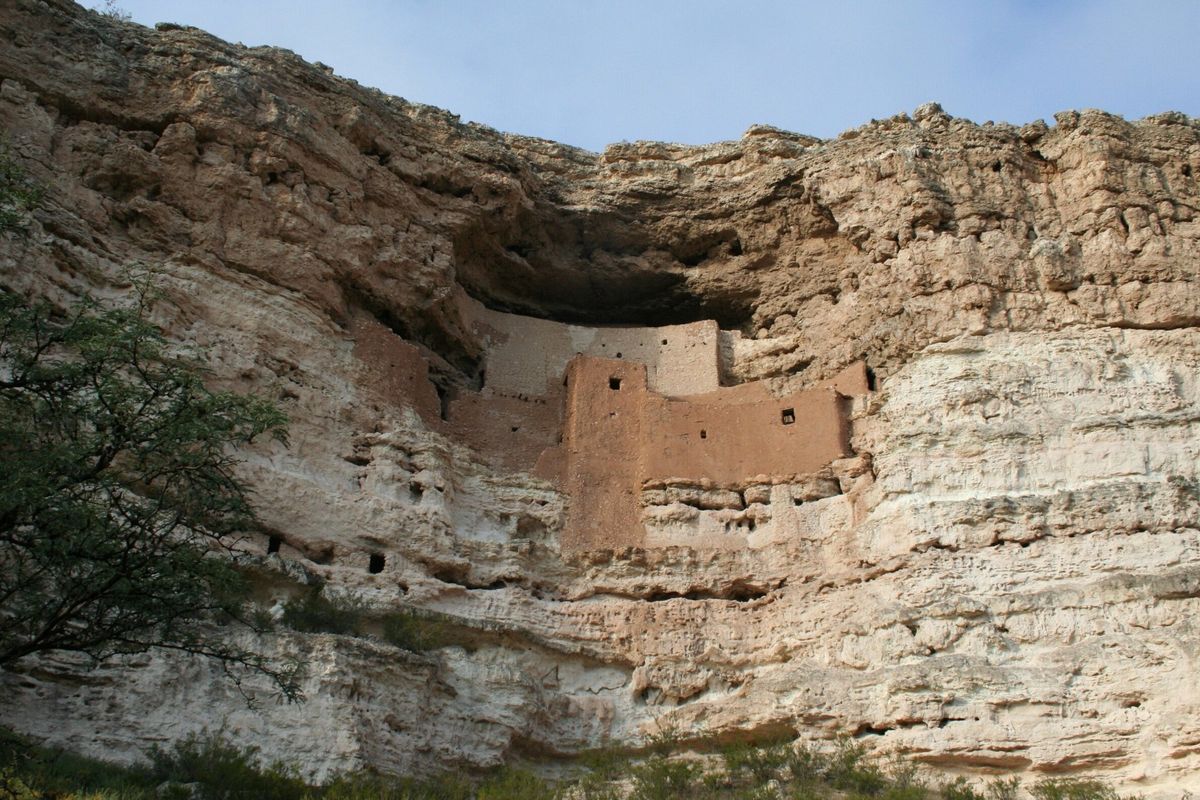Secrets Of Arizona’s Sinagua Trading Routes

Have you ever wondered how ancient trade routes shaped Arizona's history? The Sinagua people, who lived in Arizona from around 500 to 1425 AD, were master traders. They created extensive networks to exchange goods like turquoise, pottery, and shells. These routes connected them with distant cultures, including those in present-day Mexico and California. By understanding the Sinagua trading routes, we can learn much about their daily lives, economy, and interactions with other tribes. Join us as we explore the fascinating world of the Sinagua and their incredible trading networks that helped shape the region's history.
Secrets of Arizona's Sinagua Trading Routes
The Sinagua people, who lived in Arizona from around 500 to 1425 AD, were skilled traders. Their routes connected various regions, allowing them to exchange goods like pottery, shells, and turquoise. Let's explore some key locations along these ancient trading paths.
Montezuma Castle
Montezuma Castle, a cliff dwelling, served as a central hub for the Sinagua. This five-story structure housed many families and provided a strategic vantage point.
- Montezuma Castle: This impressive cliff dwelling, nestled in a limestone cliff, offered protection and a place to store traded goods.
Tuzigoot National Monument
Tuzigoot, another significant Sinagua site, was a large pueblo on a hilltop. It provided a panoramic view of the Verde Valley, making it an ideal trading post.
- Tuzigoot National Monument: This hilltop pueblo had over 100 rooms, serving as a bustling center for trade and daily life.
Walnut Canyon
Walnut Canyon, with its series of cliff dwellings, was another crucial stop. The canyon's natural resources supported the Sinagua's agricultural and trading activities.
- Walnut Canyon: The cliff dwellings here were strategically placed near water sources, essential for both living and trading.
Wupatki National Monument
Wupatki, located near Flagstaff, was a major trade center. Its large community and impressive structures indicate its importance in the Sinagua trading network.
- Wupatki National Monument: This site featured a ball court and a community room, suggesting it was a place for both trade and social gatherings.
Sunset Crater Volcano
The eruption of Sunset Crater Volcano around 1085 AD had a significant impact on the Sinagua. The volcanic ash improved soil fertility, boosting agriculture and trade.
- Sunset Crater Volcano: The fertile soil around the volcano supported crops, which were traded with neighboring tribes.
Homolovi State Park
Homolovi, meaning "Place of the Little Hills," was another key trading site. The Sinagua traded pottery and other goods with the Hopi people here.
- Homolovi State Park: This area had several pueblos, indicating a thriving community engaged in extensive trade.
Verde Valley
The Verde Valley, with its rich resources, was a vital part of the Sinagua trading routes. The valley's rivers and fertile land supported agriculture and trade.
- Verde Valley: The valley's rivers provided water for crops, which were traded along the Sinagua routes.
Palatki Heritage Site
Palatki, meaning "Red House," was a significant Sinagua site with cliff dwellings and rock art. It served as a cultural and trading hub.
- Palatki Heritage Site: The rock art here offers insights into the Sinagua's trading practices and daily life.
Honanki Heritage Site
Honanki, meaning "Bear House," was another important Sinagua site. Its cliff dwellings and rock art indicate a vibrant community engaged in trade.
- Honanki Heritage Site: The extensive rock art and dwellings here suggest a thriving trade network.
Conclusion
The Sinagua's trading routes were vital for their survival and prosperity. These ancient paths connected various communities, allowing for the exchange of goods and ideas. Exploring these sites offers a glimpse into the rich history of the Sinagua people.
Arizona's Hidden History
Arizona's Sinagua trading routes reveal a rich tapestry of history. These ancient paths connected diverse cultures, fostering trade and cultural exchange. Exploring these routes offers a glimpse into the lives of the Sinagua people, their ingenuity, and their resilience.
Visiting these sites today, you can walk the same paths that once bustled with traders and travelers. The ruins, petroglyphs, and artifacts left behind tell stories of a vibrant community that thrived in the harsh desert environment.
Whether you're a history buff or just love a good hike, these trading routes offer a unique adventure. They remind us of the interconnectedness of ancient civilizations and the enduring spirit of human ingenuity. So next time you're in Arizona, take a step back in time and explore the secrets of the Sinagua trading routes.

